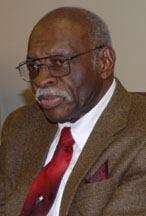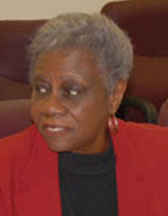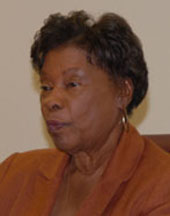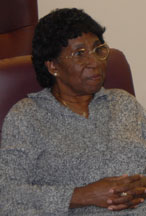

Social Activism and Social Justice |
|||||||||||||||||
“Even though our books were old and hand-me-downs from the white schools, we were still able to master that content. Our success is a testimony to the commitment of the teachers and the discipline of the students.” Frank Crump, Jr. |
 Frank Crump, Jr. |
||||||||||||||||
This research project falls within the realm of the “long civil rights movement”—an effort to examine the struggle for civil rights and social justice during the decades before the 1954 Brown v. Board of Education Supreme Court decision. One of the more complex questions that arises in the field of education concerns teachers’ efforts to engage in political and cultural struggle. Black teachers during the 1940s who were members of the NAACP ran the risk of losing their jobs; public statements and actions could have been life-threatening. Even support of unions could cause a teacher to be dismissed, as was the case at the participating Secondary School Study site, Huntington High School. Seventy years of hindsight offers little insight for today’s research to ascertain what acts and gestures should have been undertaken by teachers in 1940.
|
|||||||||||||||||
|
|
||||||||||||||||
“The teachers dealt with race and civil rights issues in very subtle ways. We had a class in Negro History, taught by Mrs. Howard, where we used Carter G. Woodson’s book. She used that course to build a pride in who we were, and other teachers would take every opportunity to instill pride in us. What they were doing outside of the classroom was another matter; their jobs would have been in jeopardy; however, in the classroom they made us feel secure in who we were, and they developed in us a sense of respect.” Edgar E. Smith |
|||||||||||||||||
“We had the greatest respect for our teachers. They instilled pride in us and always told us to be proud of what we accomplished. They taught us how to make the best of the circumstances.” Thelma Rush |
“While the teachers could not be too active in the quest for civil rights, they made certain that we registered to vote. On our 18th birthday, a teacher would take us to the City Hall where we would register (and pay a poll tax of $2).” Allene Gayles
|
||||||||||||||||
“We were prepared for the future even though we were in the segregated south.” |
|||||||||||||||||

an institutional member of the International Coalition of Sites of Conscience
Museumofed@gmail.com





